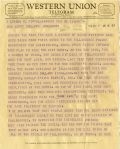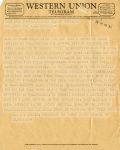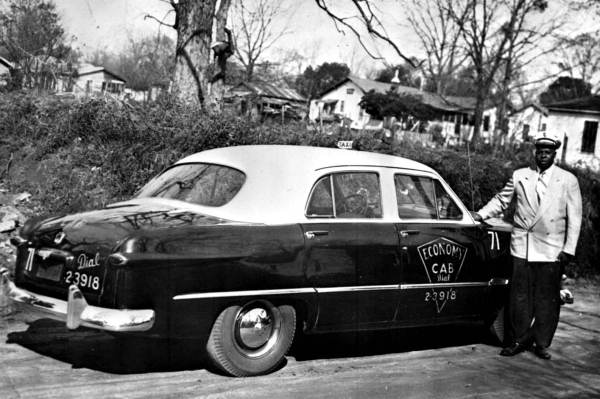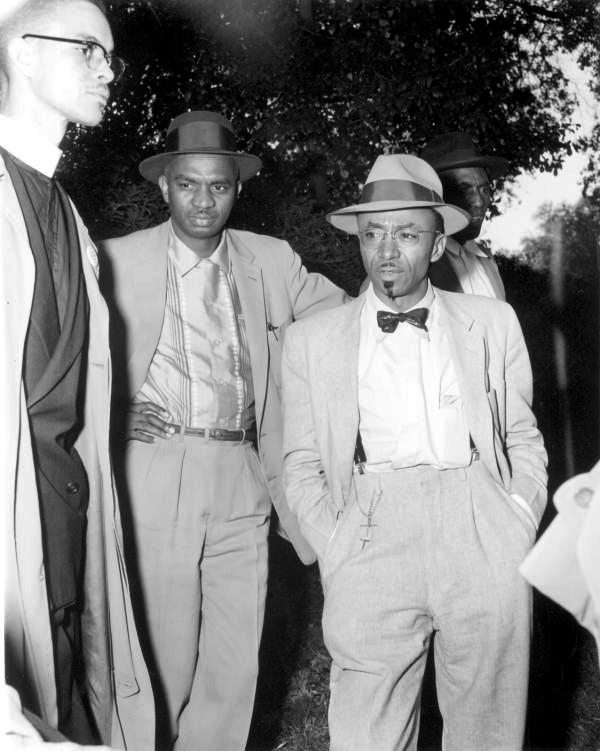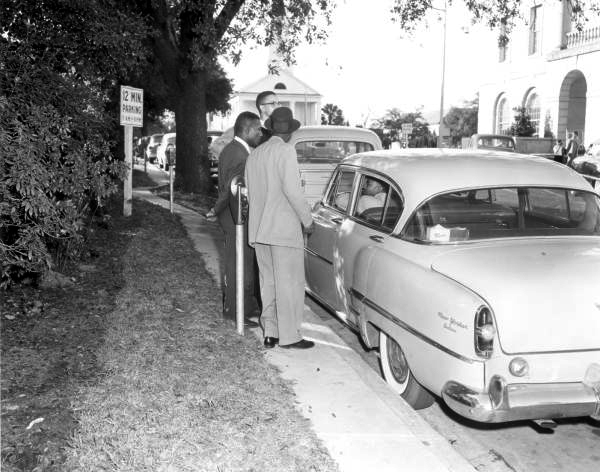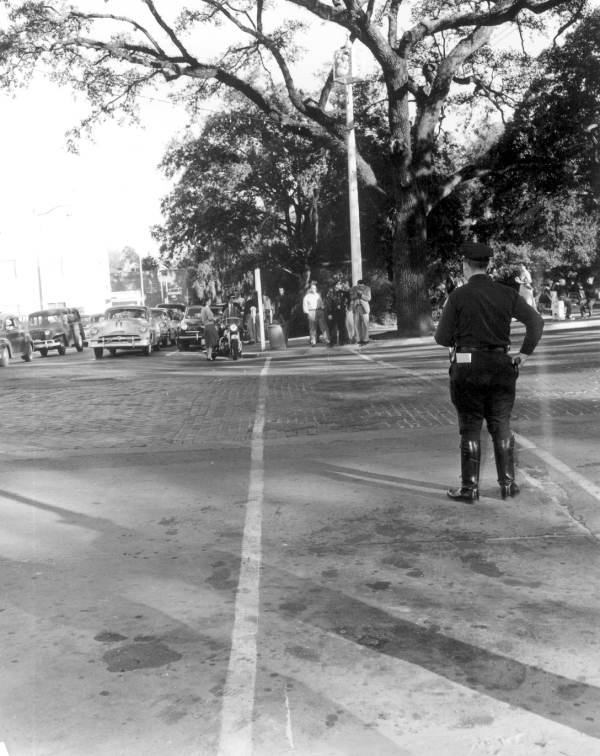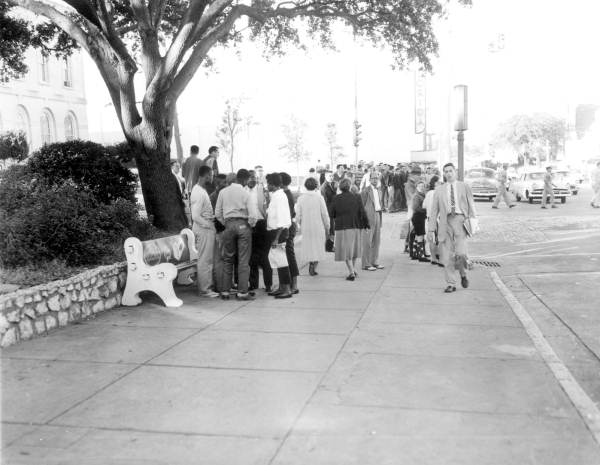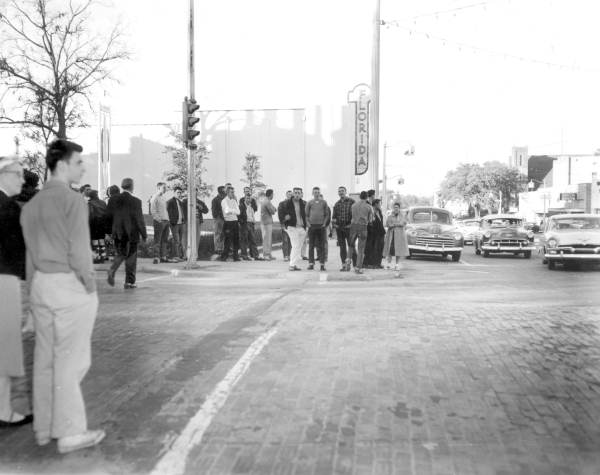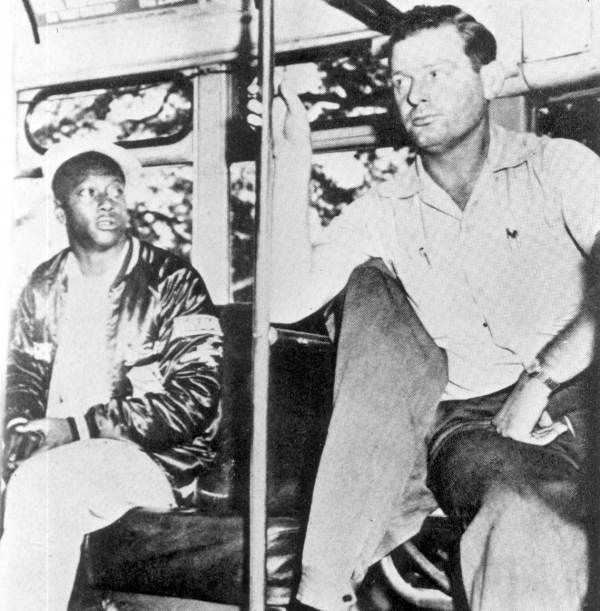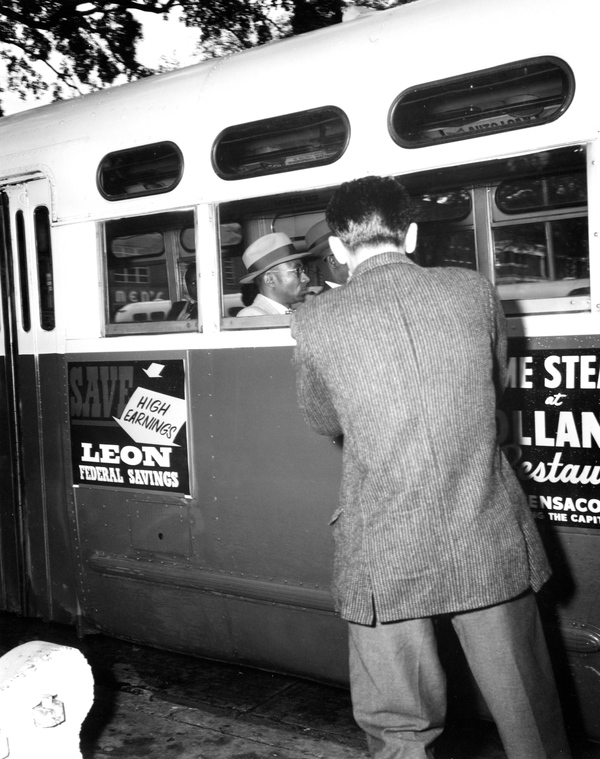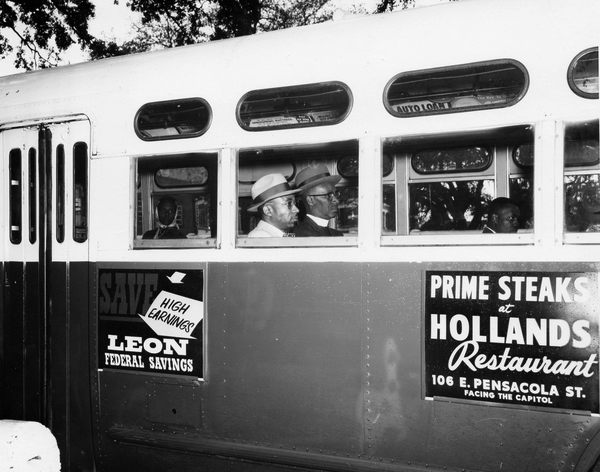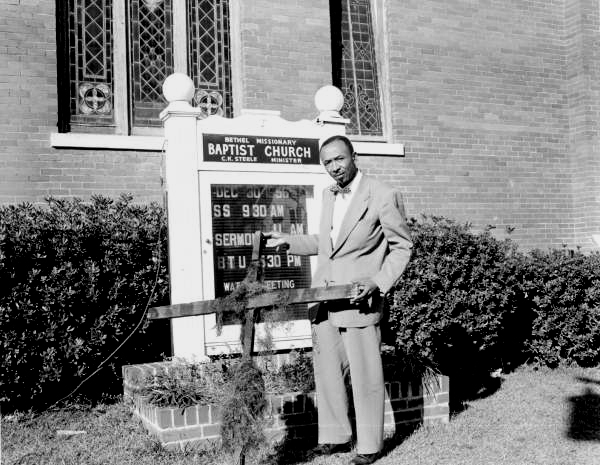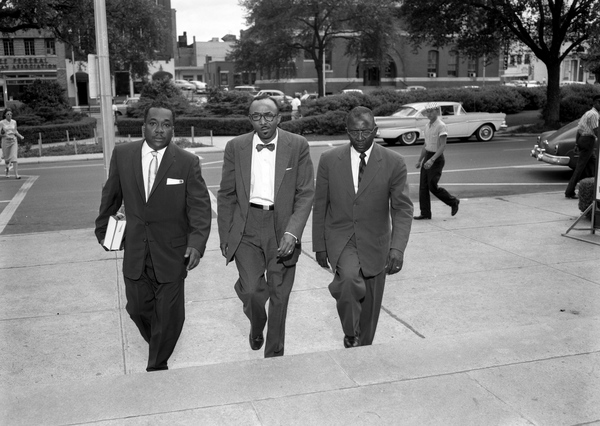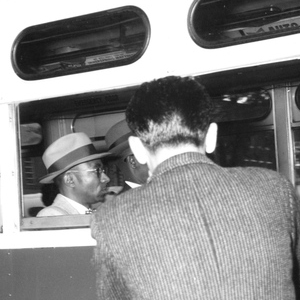
Primary Source Set
Tallahassee Bus Boycott, 1956-57
On December 1, 1955, Rosa Parks refused to give up her seat to a white passenger, sparking the Montgomery Bus Boycott in Alabama. Five months later, in Tallahassee, two female students from Florida A&M University (FAMU) sat down in the “whites only” section of a segregated bus. When they refused to move to the “colored” section at the rear of the bus, the driver pulled into a service station and called the police.
As a result, FAMU students organized a boycott of Tallahassee city buses. Reverend C.K. Steele formed the Inter-Civic Council to manage the logistics behind the city-wide boycott. The boycott had an immediate impact on bus fare revenues. When the U.S. Supreme Court ruled in November 1956 that Alabama's segregated busing laws were unconstitutional, Tallahassee civil rights leaders put pressure on Florida Governor LeRoy Collins to desegregate city buses. Governor Collins suspended bus service in Tallahassee on January 1, 1957. On January 7, Tallahassee repealed the segregated seating ordinance. Through nonviolent protest, the Tallahassee bus boycott succeeded. It set a precedent for the state as, city by city, public transportation was desegregated in Florida.
Photo credit: Reverend C. K. Steele (on left) and Reverend H. McNeal Harris protesting segregated bus seating in Tallahassee, 1956.
Show full overview

 Listen: The Folk Program
Listen: The Folk Program